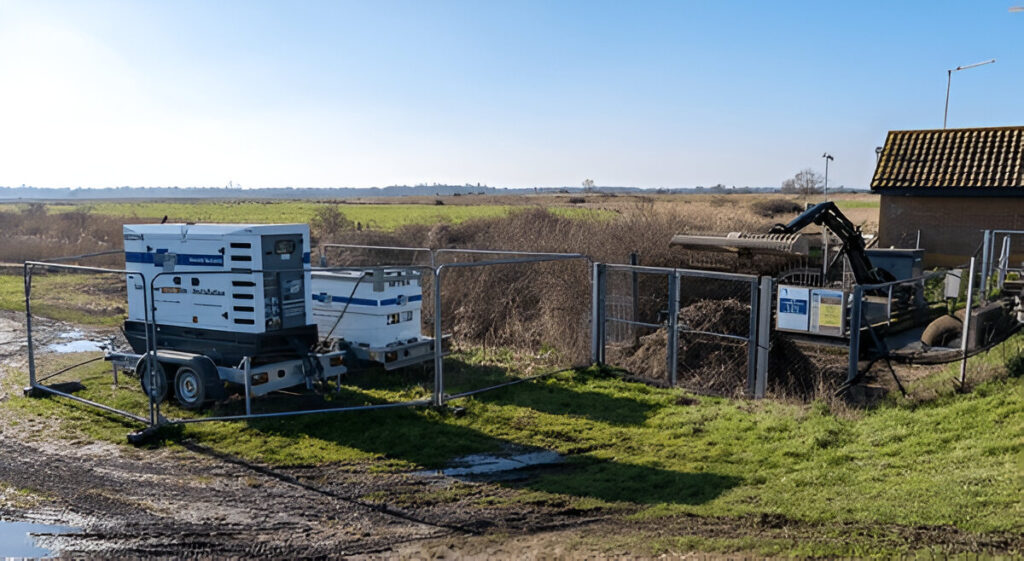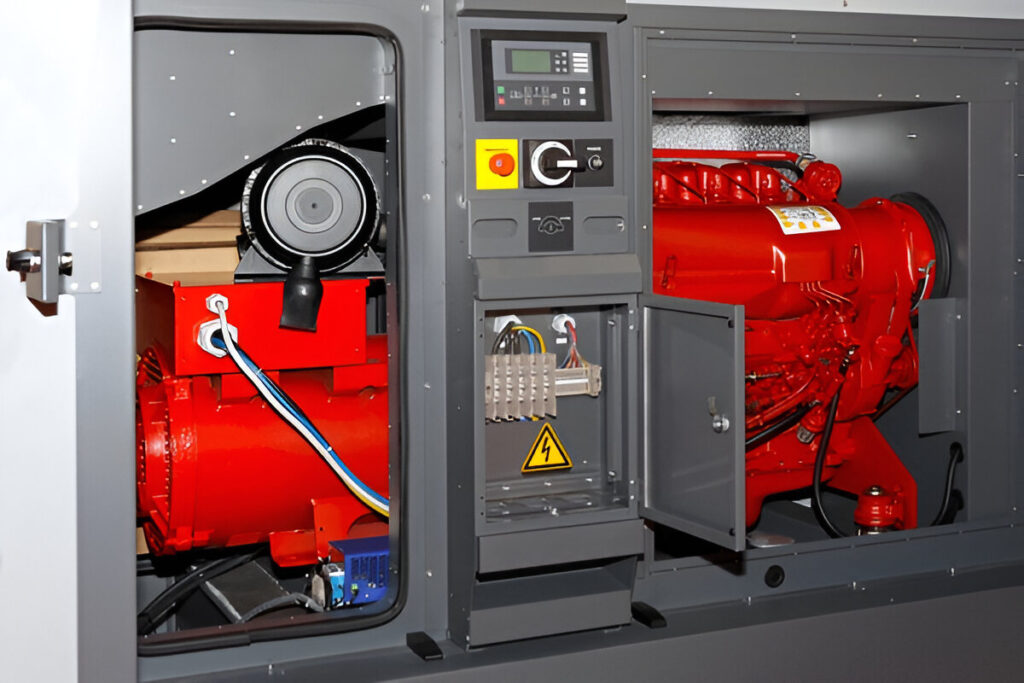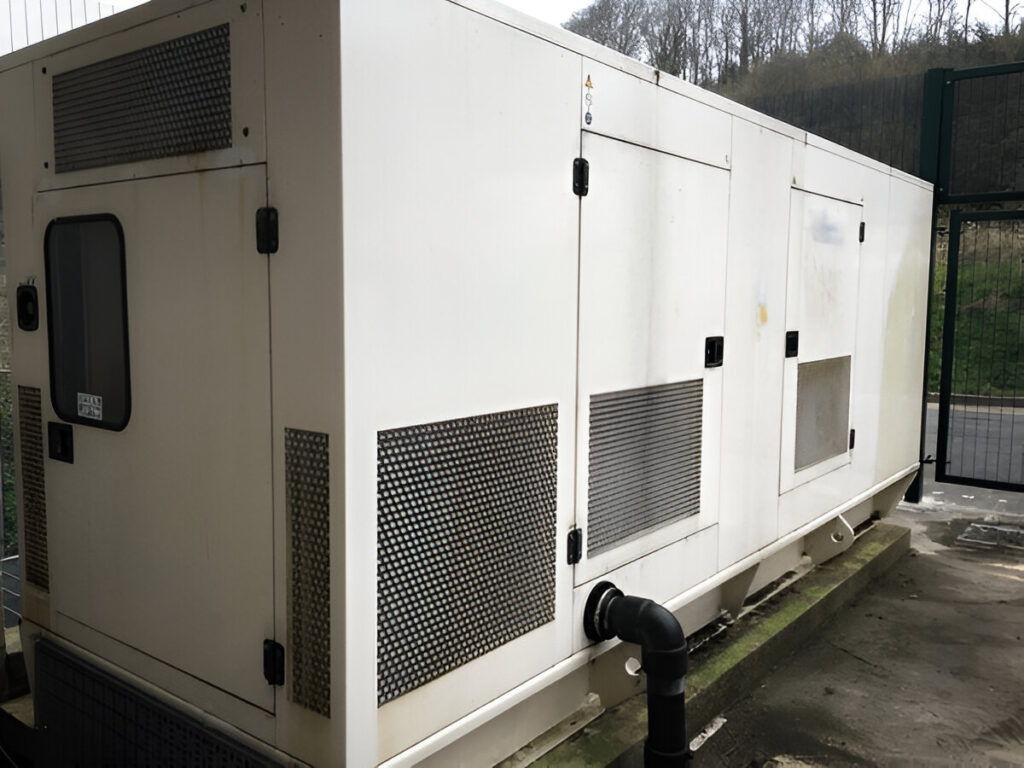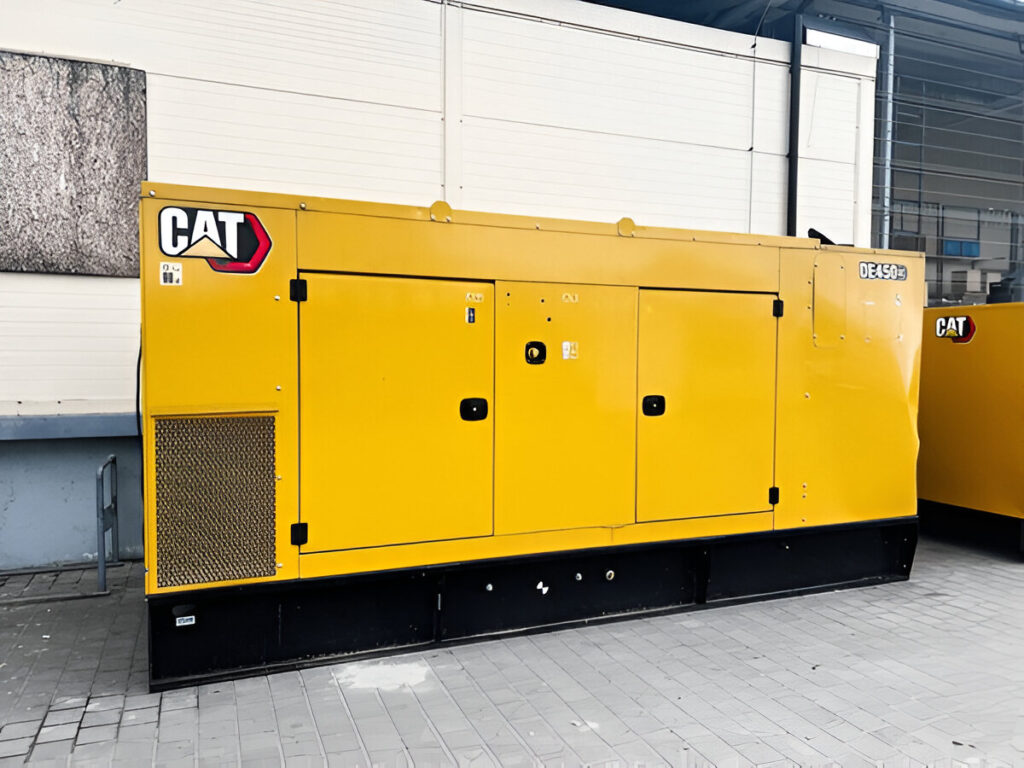In today’s data-driven world, innovation in industrial machinery is moving beyond just mechanical improvements—it’s entering the digital realm. One of the most revolutionary advancements in diesel generator maintenance is the use of digital twins to support predictive maintenance strategies. This cutting-edge approach not only helps reduce unexpected failures but also maximizes uptime, efficiency, and the lifespan of your equipment.
In this blog, we’ll explore how digital twins are transforming diesel generator monitoring and why predictive maintenance is becoming the gold standard in industrial power management.
What Is a Digital Twin?
A digital twin is a real-time digital replica of a physical asset. For diesel generators, this means creating a software model that mirrors the engine’s actual condition, performance, and operating environment.
Using data from sensors installed on the generator—such as temperature, pressure, fuel consumption, vibration, and emissions—the digital twin continuously updates to reflect the engine’s health and behavior. When combined with machine learning and analytics, this model can predict issues before they occur.
From Traditional to Predictive Maintenance
In the past, diesel generator maintenance followed two models:
- Reactive maintenance: Wait until something breaks and fix it.
- Preventive maintenance: Schedule regular checkups based on hours of use or calendar intervals.
Both approaches have limitations. Reactive maintenance leads to costly downtime, while preventive maintenance may replace parts prematurely. Enter predictive maintenance—a smarter, data-driven method that uses real-time insights to intervene only when needed.
By integrating digital twins, predictive maintenance becomes more accurate and actionable, allowing operators to make decisions based on actual engine conditions instead of guesswork.
How Digital Twins Enable Predictive Maintenance
1. Real-Time Monitoring
Sensors continuously collect data from the diesel engine. The digital twin uses this data to simulate the current state of the generator and identify any performance anomalies.
For example, a sudden increase in exhaust temperature or fuel usage can indicate early signs of injector failure or combustion inefficiencies.
2. Data-Driven Insights
Using advanced analytics, the system learns patterns in the engine’s behavior. If a component begins to drift from its expected performance curve, the system can alert operators and suggest preventive action before a failure occurs.
This helps prolong engine life and reduce emergency service costs—an important benefit whether you’re running a diesel motor generator or a standby generator for critical infrastructure.
3. Remote Diagnostics
Paired with cloud connectivity, digital twins allow remote visibility into engine health. Maintenance teams can monitor entire fleets from a centralized location, reducing on-site inspections and service calls.
This is especially useful for operators managing generator rentals or those overseeing multiple backup systems across sites.
Applications in Diesel Generator Management
Digital twins and predictive maintenance are already being adopted across industries that rely heavily on diesel generators for backup or primary power:
- Telecommunications: Avoid downtime in remote towers by catching faults early.
- Healthcare: Ensure backup power for hospitals is 100% reliable.
- Construction: Reduce idle time and maintenance costs on-site.
- Data Centers: Monitor and manage critical backup systems at scale.
If you’re exploring upgrades, solutions from the Caterpillar generator company or Cummins generator Canada offer modern diesel engines equipped with IoT-ready tech.
Benefits of Predictive Maintenance Using Digital Twins
Reduced Downtime
Failures can be detected days or even weeks before they become critical, allowing for scheduled maintenance that doesn’t interfere with operations.
Lower Maintenance Costs
No more unnecessary part replacements or routine service that isn’t needed. Your system tells you what needs attention and when.
Improved Generator Lifespan
When engines are kept in peak operating condition, they last longer. That’s great news whether you own a brand-new unit or a used generator for sale.
Better Fuel Efficiency
Predictive analytics help fine-tune engine performance, reducing fuel waste and emissions—a win for both your budget and the environment.
Challenges and Considerations
While digital twin technology offers compelling advantages, there are a few considerations:
- Upfront cost: Initial investment in sensors and software may be higher, but it pays off long-term.
- Data management: The system must process and analyze large amounts of real-time data.
- Technical integration: Older generator models may require retrofitting to support sensors and connectivity.
Still, for those buying new or upgrading, digital-ready models are already available in the generators for sale section of many suppliers.
The Future of Generator Health Monitoring
The combination of digital twins and predictive maintenance is only the beginning. As artificial intelligence (AI), edge computing, and machine learning advance, we’ll see even smarter maintenance systems that can:
- Automatically schedule service appointments
- Order replacement parts proactively
- Optimize generator performance based on real-time weather or load conditions
As these technologies evolve, predictive maintenance will become the standard for anyone serious about protecting their power systems—especially in critical sectors like manufacturing, healthcare, and energy.
Final Thoughts
Digital twins are ushering in a new era of diesel generator management. By enabling predictive maintenance, they help businesses lower costs, avoid downtime, and extend the life of their equipment—all while improving operational efficiency.
Whether you’re running a fleet of industrial units or maintaining a single diesel generator for sale for backup use, now is the time to explore smart monitoring tools. Investing in this technology today ensures you’re ready for the demands of tomorrow’s power challenges.





